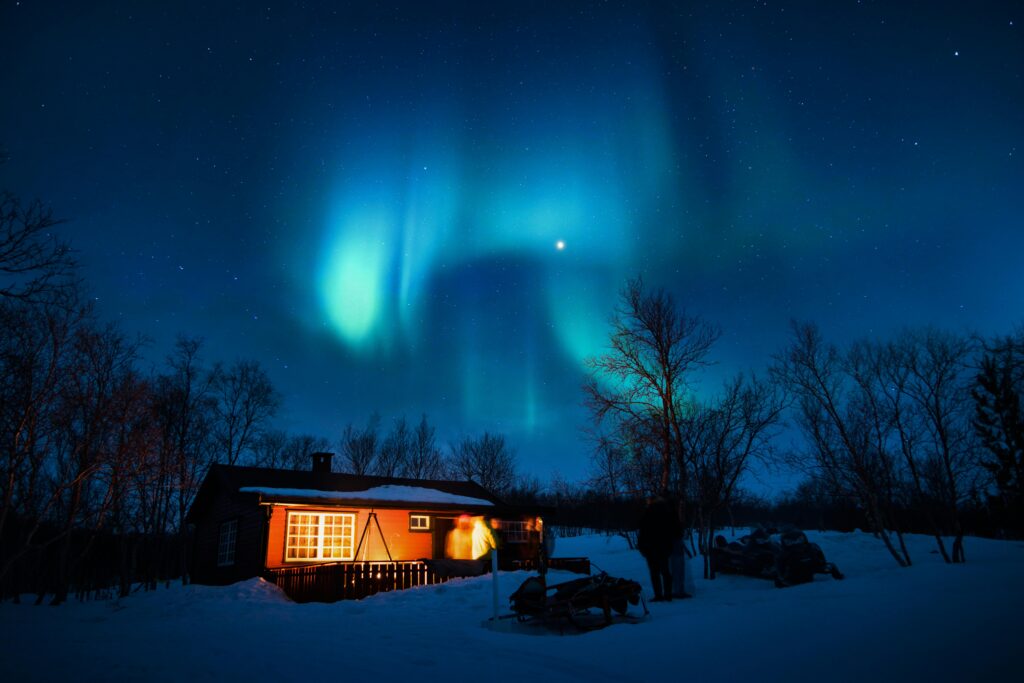The aurora borealis, or northern lights, has recently showcased an extraordinary display, captivating observers across higher latitudes. This surge in visibility is attributed to a significant geomagnetic storm impacting Earth’s magnetic field. Geomagnetic storms are disturbances in Earth’s magnetosphere caused by solar winds that carry magnetic fields from the Sun to Earth.
Geomagnetic storms are rated on a scale from G1 (minor) to G5 (extreme). The recent events indicate a storm at the G3 level, which can lead to widespread aurora effects as far south as Illinois and Oregon in the United States. These storms, while visually stunning, also have the potential to disrupt satellite operations, navigation systems, and even power grids.
The phenomenon occurs when charged particles from the sun collide with atoms in Earth’s atmosphere, releasing energy in the form of light. This process creates the vivid colors typically seen in the aurora borealis. The colors depend on the type of gas particles involved; oxygen produces green and red, while nitrogen gives off blue and purple hues.
The recent geomagnetic storm’s intensity is due in part to the current peak in the solar cycle, approximately an 11-year cycle during which solar activity intensifies. According to the National Oceanic and Atmospheric Administration (NOAA), this peak period can increase the frequency and intensity of geomagnetic storms.
While the spectacle is a delight for skywatchers, it raises concerns about the potential technological disruptions. For instance, during severe geomagnetic storms, GPS systems can experience significant errors, and high-frequency radio communications can be disrupted. Power grid operators are on alert during such events, as past storms have been known to cause widespread power outages.
In response to these challenges, researchers and engineers are developing more robust systems to mitigate the effects of solar disturbances. For example, advancements in satellite technology and protective measures for power grids are being implemented to shield against geomagnetic induced currents.
As we continue to witness these spectacular natural events, understanding their underlying causes and potential impacts is crucial. The beauty of the aurora borealis serves as a reminder of our planet’s dynamic nature and the intricate systems that operate within and beyond our atmosphere. For those interested in viewing the northern lights, checking aurora forecasts, such as those provided by NOAA, can help determine the best times and locations for observation.
In summary, while geomagnetic storms bring the awe-inspiring beauty of the aurora borealis to a wider audience, they also highlight the need for preparedness in our increasingly technology-dependent world.
—


